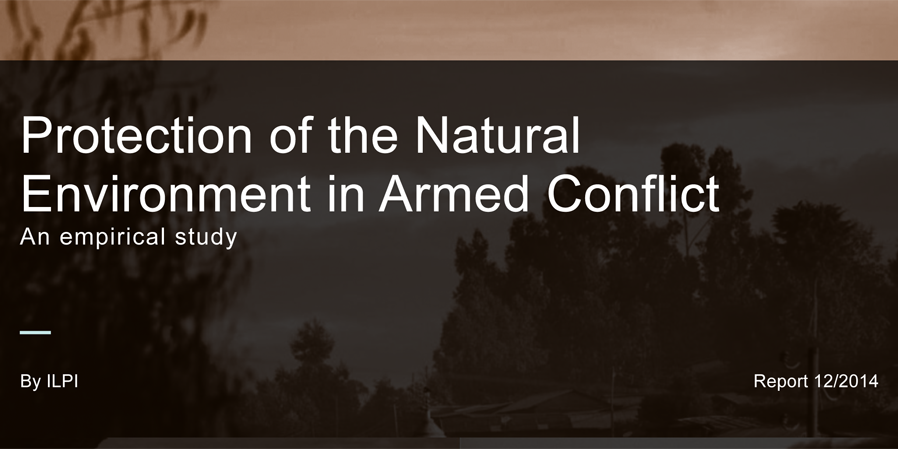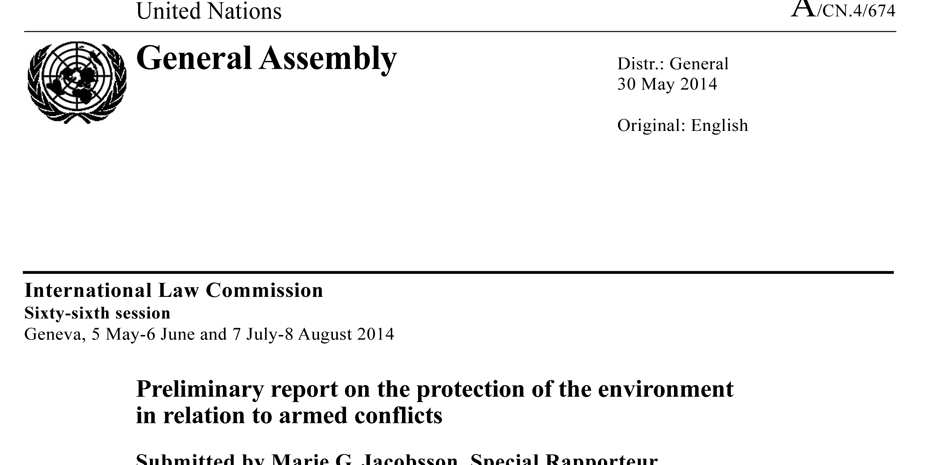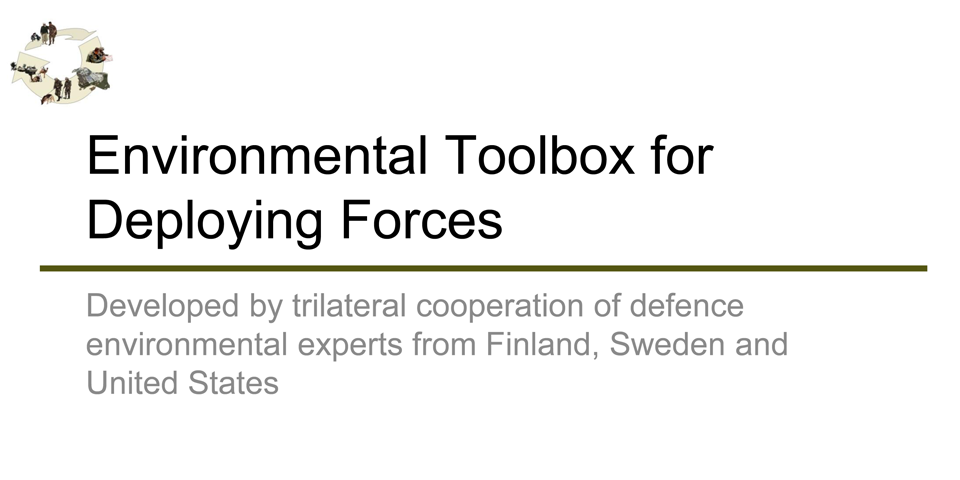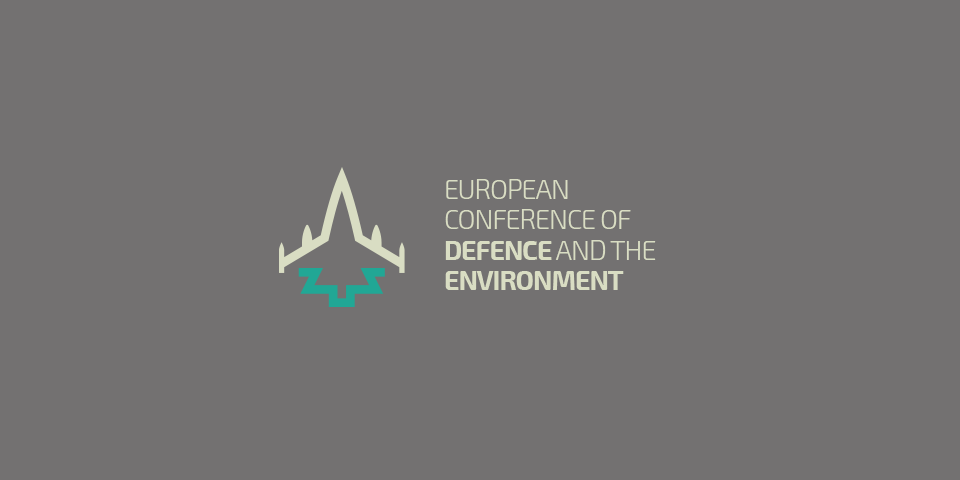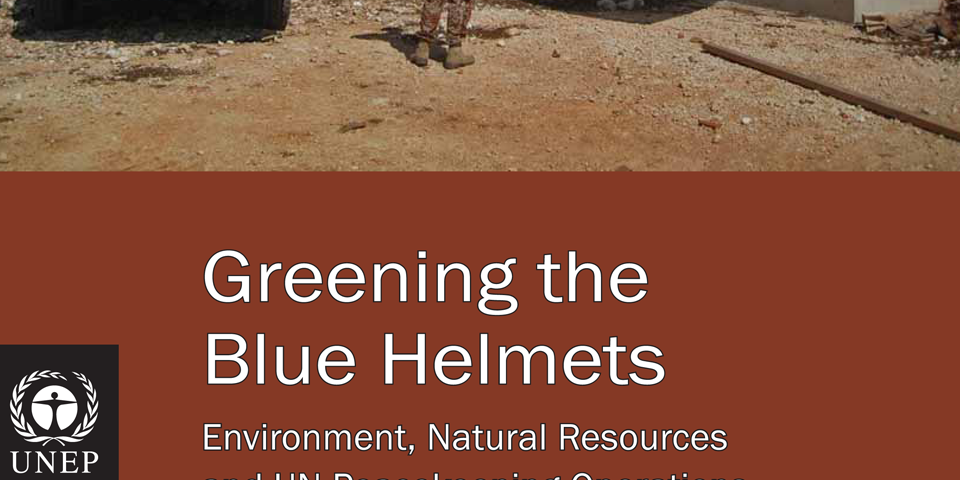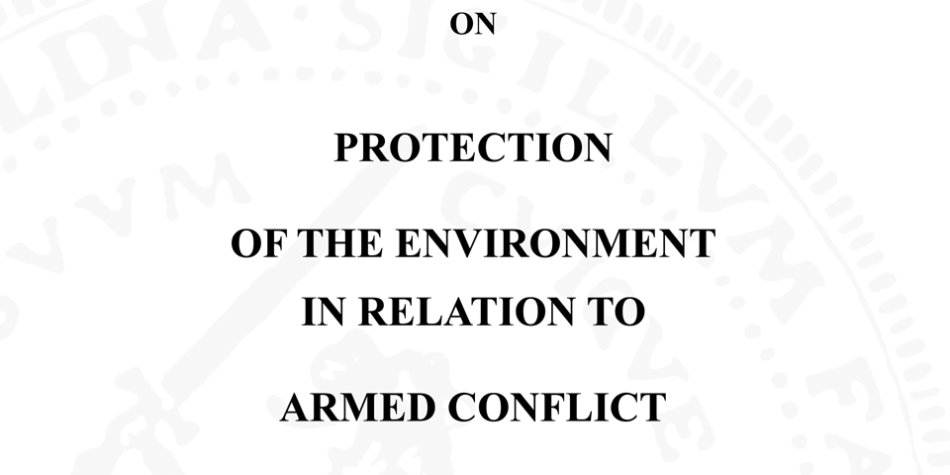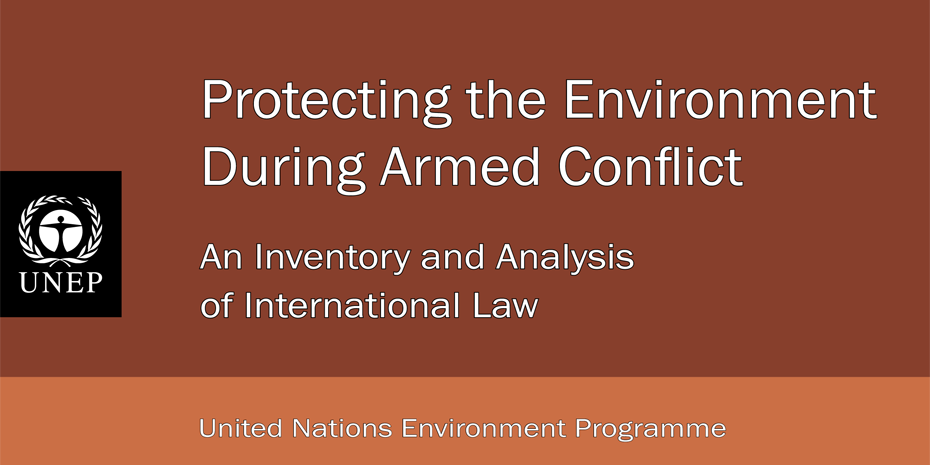ILPI | Protection of the natural environment in armed conflict
A report from Oslo’s International Law and Policy Institute commissioned by the Norwegian government as part of the ICRC Pledge 1290 from the 2011 Red Cross conference to: “highlight the relevance of the existing legal framework for the protection of the natural environment in contemporary armed conflicts”.

